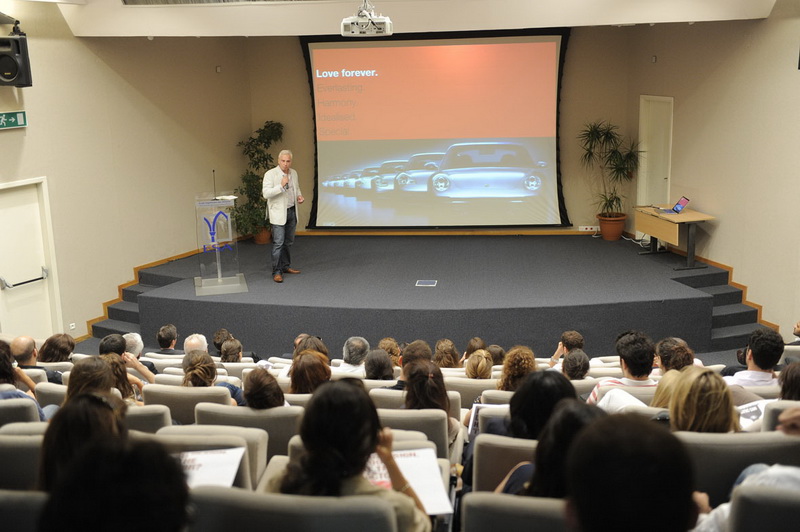We define ourselves as brand designers but, put quite simply, we make change. But do we ever question just how comfortable we—or our clients—are with change? We’ve been thinking—and talking—about this quite a bit recently as we decided that we maybe need to address how we manage the process of design change through a more honest and open dialogue with our clients. And this also got me thinking about change—and, maybe more importantly, exchange—in the wider world. Previous brand and retail barriers have broken down, the brand landscape has changed beyond all recognition and we all feel more a part of a global brand community.
OK, so I’m not telling you anything new. But, although trade links and commerce is universally stronger than ever, from a brand perspective, we do still talk about the East/West divide, the power of the BRICs…sectioning off and pigeonholing…The BRICs are a good case in point. I think we are all aware that we need to recognise and learn from the new brand innovations and different brand aesthetic from these emerging markets (in their own rights and not just clumped together). But, it’s not just taking learning from the changes evidenced by these countries. It’s about how we enter into a more comprehensive and constructive dialogue and start to properly exchange and work together to fulfil a new and huge brand potential.
I have spoken before on Popsop about the brave new world of the Middle East and it is front of mind again, having just returned from a week in Lebanon. The country has not just gone through phenomenal change but actively embraced it and turned adversity into an opportunity by packaging it up as something truly desirable in the creative, vibrant and reinvented leisure culture that it has been famous for many times in the past. But, what about its geographic location? Lebanon is an amazing gateway between the traditional Arab States which can be extremely brand centric but with local societal and cultural restrictions compared to western ways. The inhabitants of these neighbouring States frequent Lebanon’s capital city for weekend leisure alongside the on-trend Europeans who have now exhausted the once popular weekend getaway destinations of, say, Split or Marrakech. An interesting exchange of people, cultures, religion and beliefs…and only adds to the burgeoning creative diversity of this region. And, in business (and probably stemming from the culture and machinations of life on a daily basis which, let’s face it, was founded on the retail model of bazaars and bartering) brand owners do not shy away from this exchange but in fact, actively seek it out and embrace it. And this was the very reason for my visit, having been invited to participate in and speak at two business seminars in Beirut.
The first seminar was with Bader, a Government backed initiative and an organization whose very definition means,’take the initiative’, to promote young entrepreneurs within Lebanon and to establish best business practice and importantly growth within this historically tumultuous region. The second event was at the YPO—the Young Presidents Organization, representing the Lebanese chapter of a global network of Leaders in the Middle East/North African area. Both organizations aim to create and stimulate forums for growth, innovation and most importantly the promotion of commerce at a visionary level in the Middle East. Both meetings were phenomenally well-attended and I was certainly inspired by their work and learnt a lot about the brand map and business vision for this region. But what was so unbelievably refreshing and exciting was that this was not about us and them or just another East v West brand debate but a realisation that we are now all talking the same brand language—with the right level of global and local cultural input—and we need to maintain the momentum of this dialogue to explore and open up the exciting possibilities offered by a Middle East/West brand convergence.
I think we have reached a pivotal stage in terms of where the strength of brand direction is coming from and the impact it will have. We can no longer rest on our Western creative laurels or presume that we will still naturally lead the field creatively when we have so many forward-thinking countries so radically embracing the brand value of change, exchange and convergence—and not just embracing them but making them happen. We need to work with them.
About the Author
Jonathan Ford is a designer and co-founding partner of Pearlfisher. He oversees a portfolio of award-winning designs, including a high profile list of ethical, entrepreneurial and iconic brands. He is also a frequent speaker at high-profile international industry events and regular contributor and commentator in the design and brand press.
Jonathan can also be followed on Twitter — @Jforddesigns

